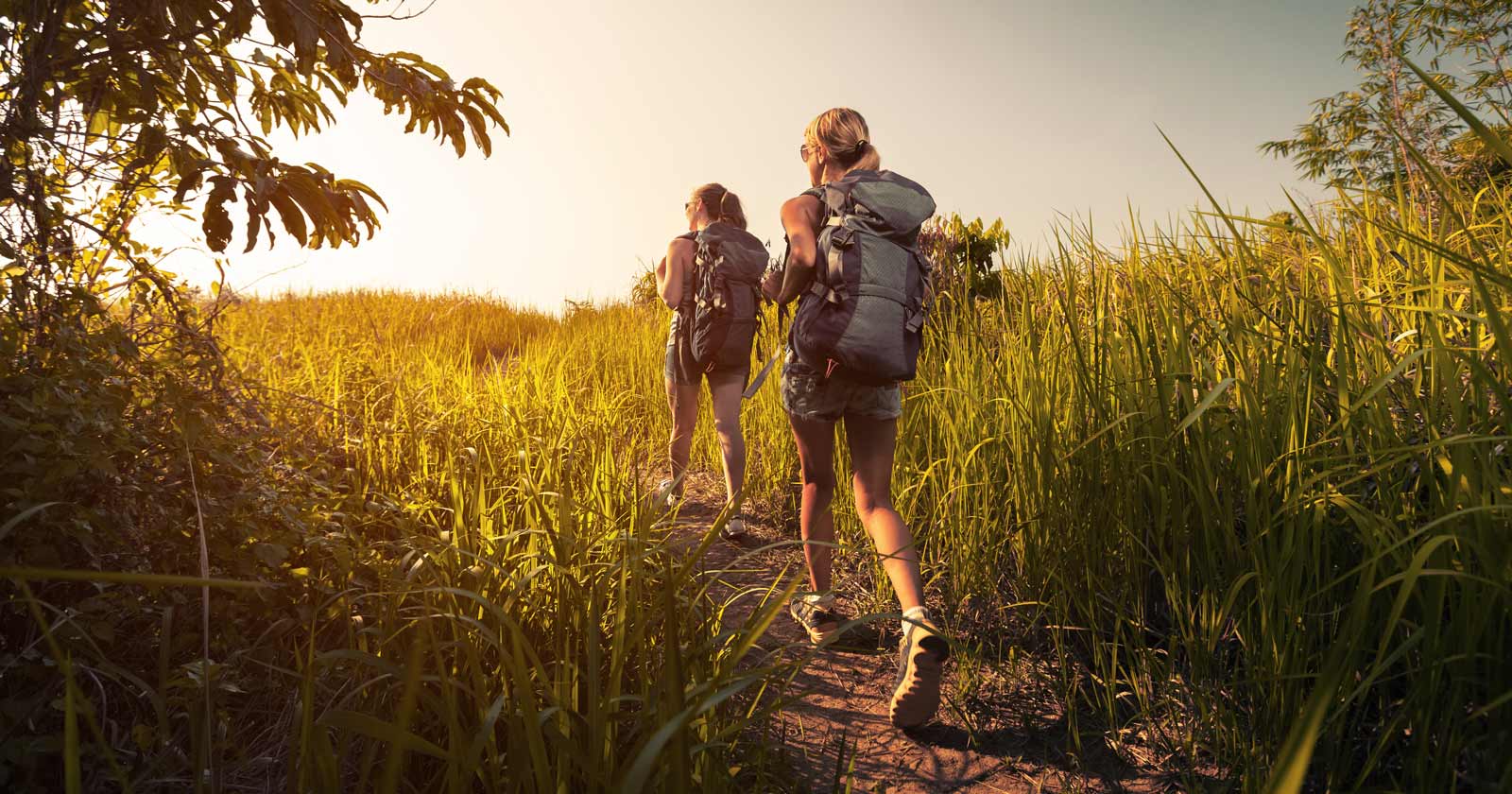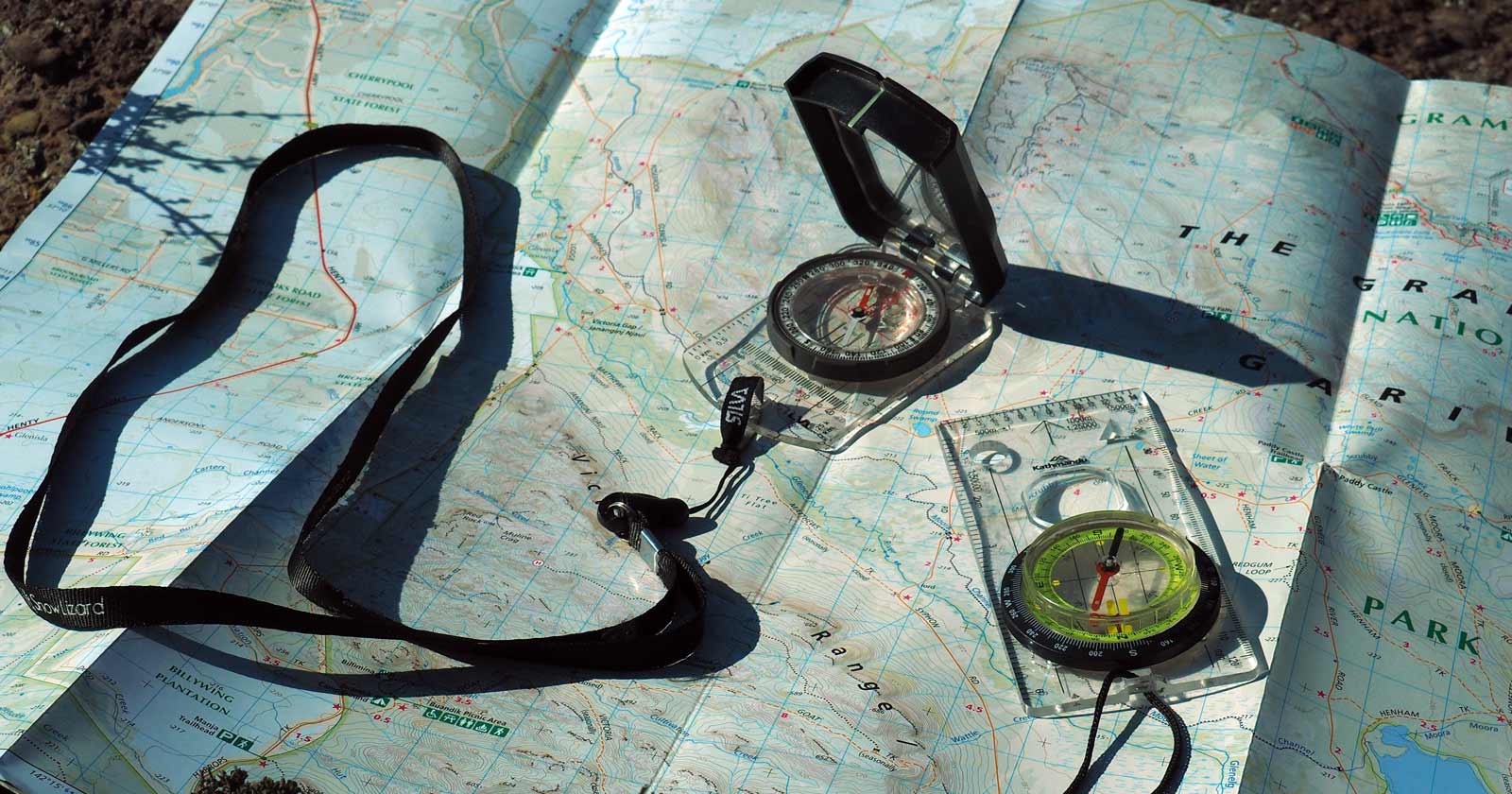The Australian landscape offers stunning backdrops for day hikes, but the untouched beauty unfolds when you extend your adventure under the stars. Overnight hikes provide a unique opportunity to immerse yourself in nature, challenge yourself, and create amazing memories. However, embarking on even a one-night journey requires more planning than a day trip.
Witnessing the transformation of the landscape after sunset comes with pushing beyond the familiar. Overnight hikes unveil the magic of starry nights, the quietude of dawn, and the unique challenges of self-reliance in the wilderness. It’s an experience that tests your limits, rewards your efforts, and creates memories etched in nature’s canvas. The catch? This 24-hour adventure demands more planning than a day trip.
While the core principles of safe hiking remain (check my day hike guide for details), let’s dive into the essentials for a smooth and rewarding overnight trek.
Essential gear for your overnight hike
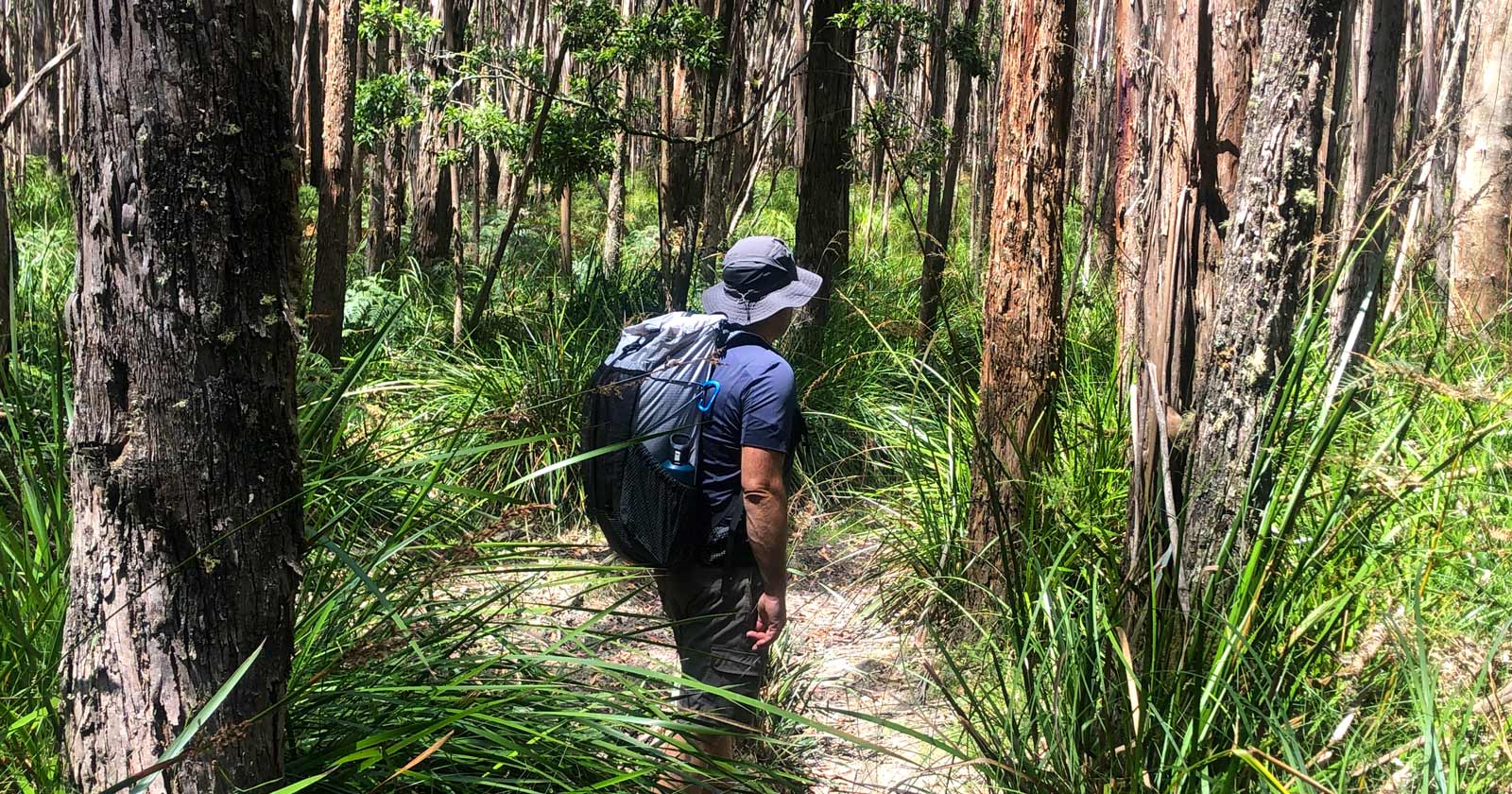
Overnight Backpack:
- Capacity: Choose a pack size appropriate for your overnight trip and gear. Typically, 40-50 liters is suitable for solo hikers, while 60-70 liters might be needed for group trips or longer hikes.
- Features: Look for comfortable padding on the shoulder straps and hip belt, adjustable torso length for proper fit, internal or external frame depending on preference, multiple compartments for organised packing, and hydration sleeve for easy water access.
- Durability: Select a pack made from high-quality, water-resistant materials for long-lasting performance.
Check out my guide: Choosing the right overnight pack. and Choosing the right ultralight pack.
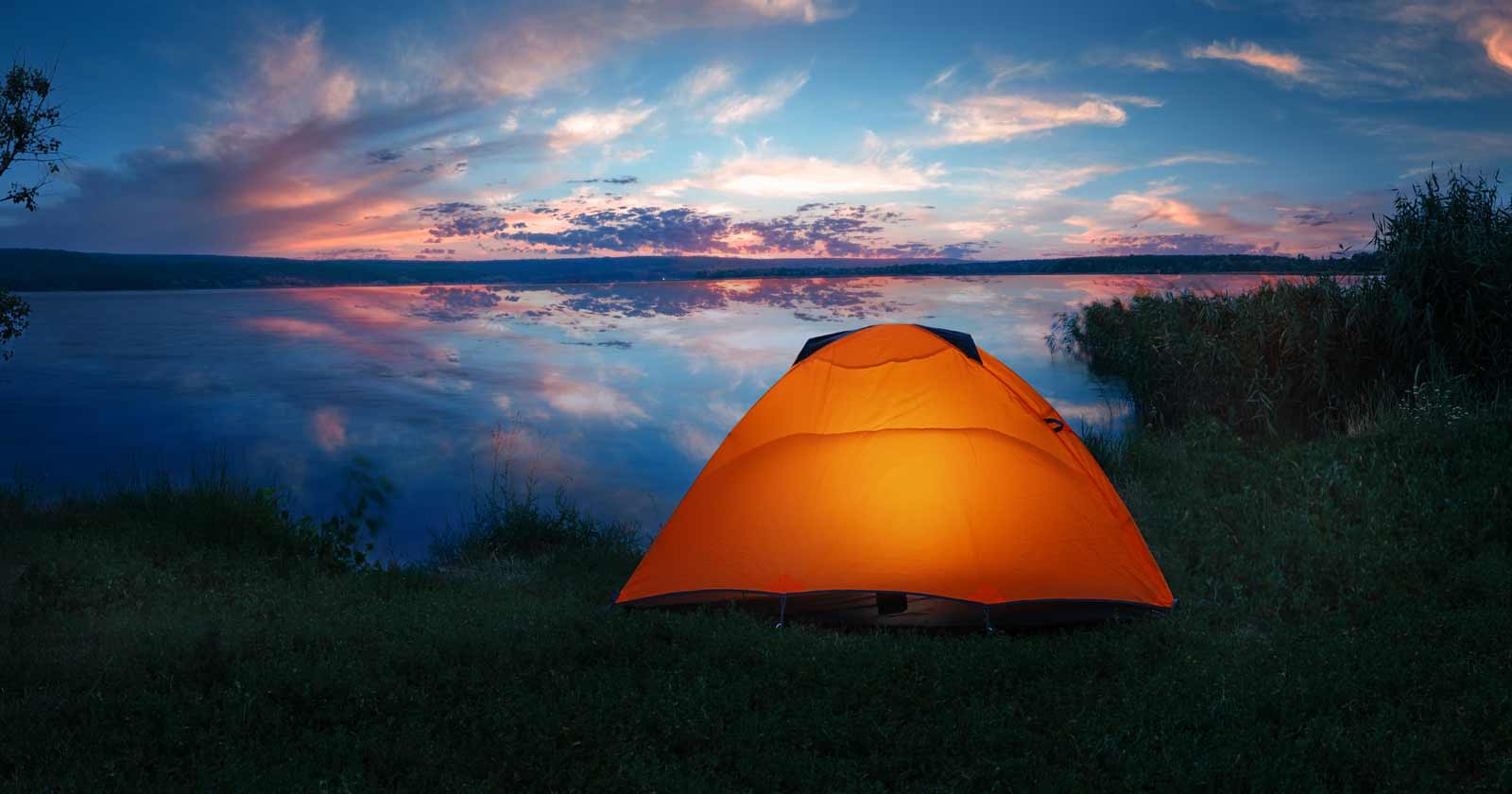
Shelter:
- Tent: The most common option, offering good protection from the elements. Consider factors like:
- Size: One-person or two-person depending on solo or shared use.
- Weight: Lighter weight for solo hikers, prioritise sturdiness for group trips.
- Season: Three-season tents for most Australian conditions, four-season for high altitudes or extreme weather.
- Ease of setup: Opt for beginner-friendly designs for your first overnight. Explore hammocks for lightweight options (requires suitable trees) or tarps for experienced backpackers seeking minimal shelter.
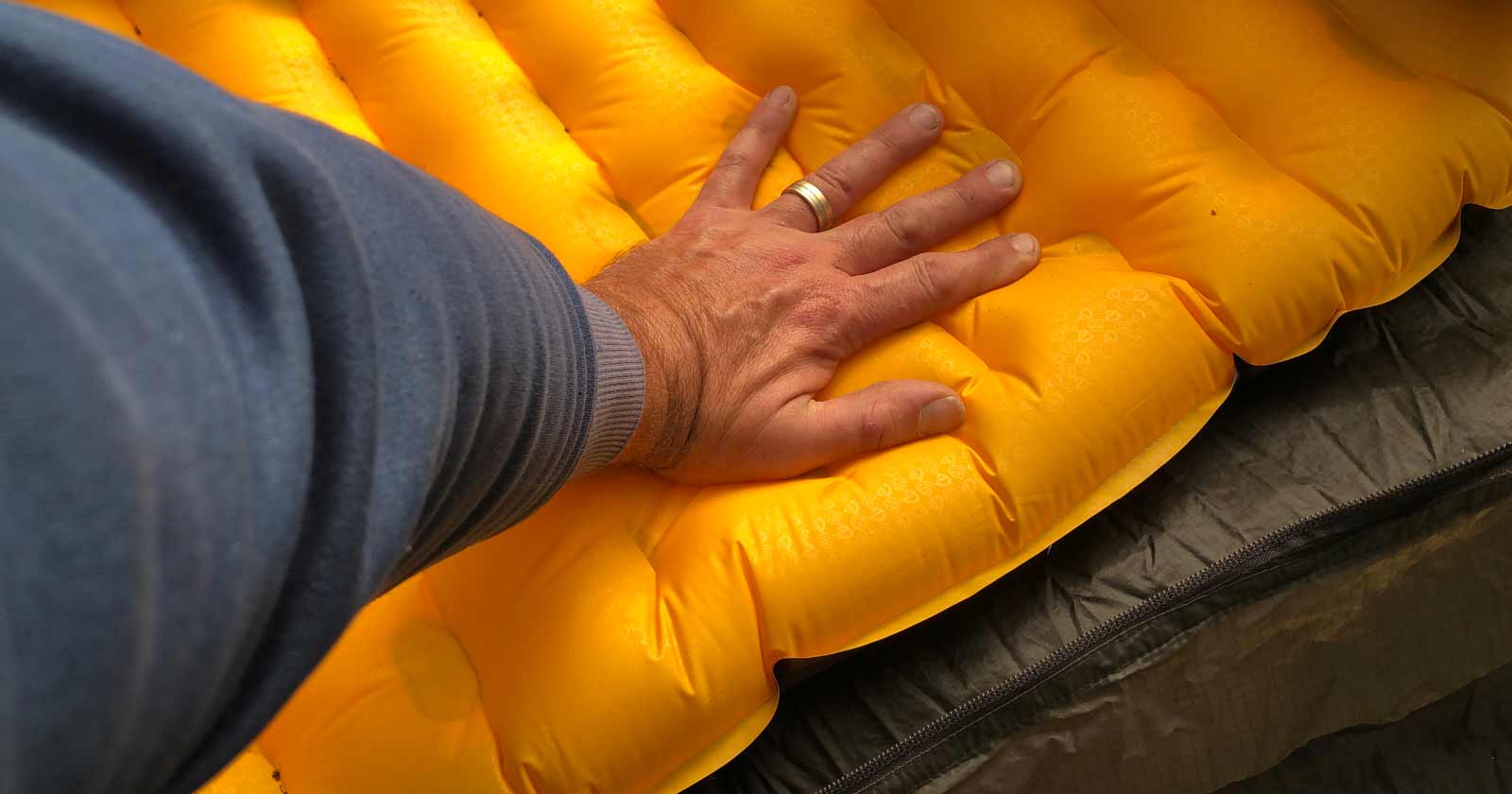
Sleeping Pad:
- Insulation: Crucial for preventing heat loss from the ground. Choose:
- Inflatable mats: Comfortable and lightweight, require careful inflation.
- Closed-cell foam mats: Durable and simple, less comfortable, bulkier.
- Self-inflating mats: Combine convenience of inflation with comfort of foam.
Check out my guide: Choosing a sleeping mat for overnight hikes
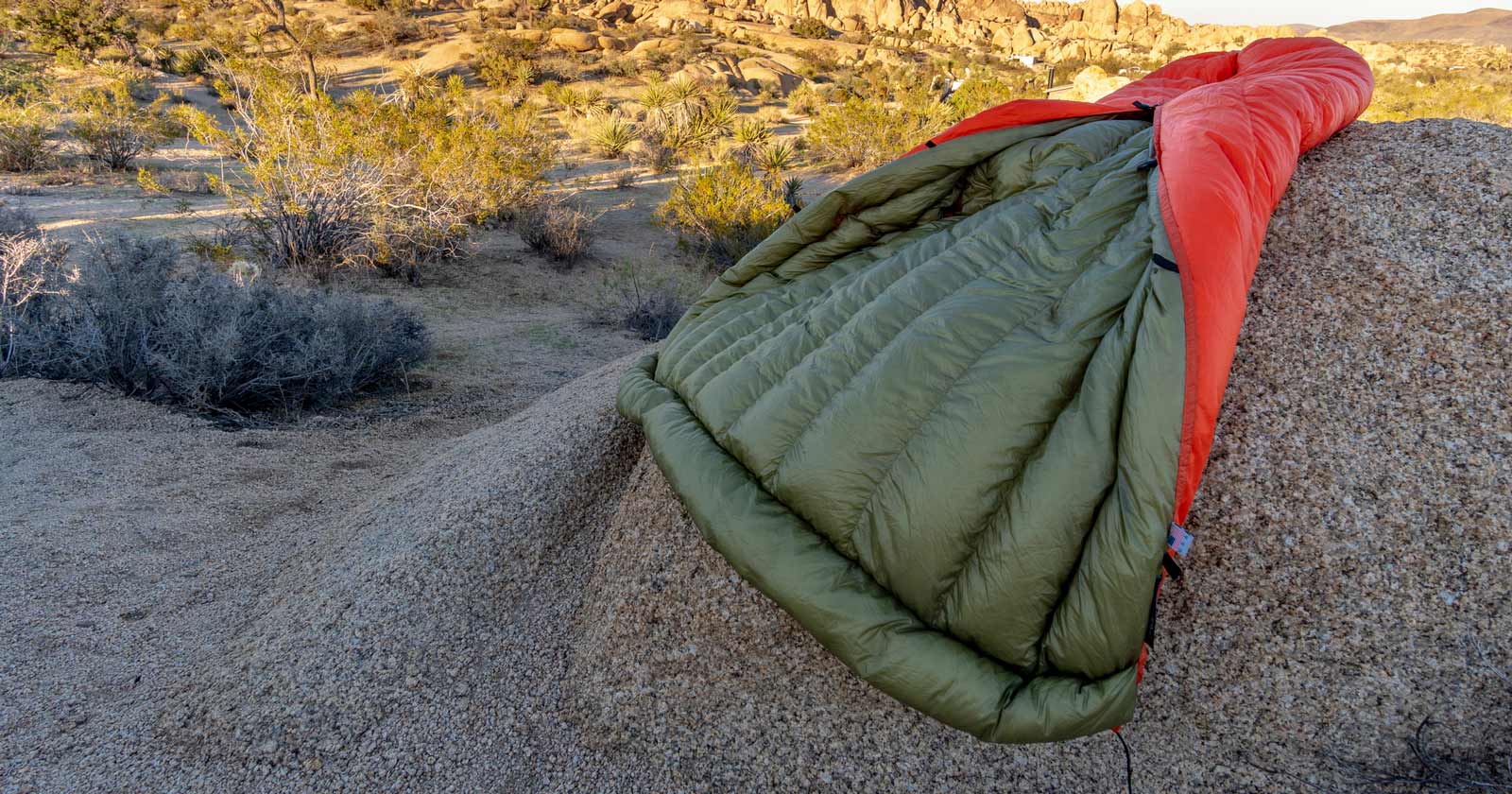
Sleeping Bag:
- Temperature rating: Select a bag rated for lower than expected nighttime temperatures. Consider down for warmth and compressibility, synthetic for affordability and moisture resistance.
- Shape: Mummy bags are snug and efficient, rectangular offer more space.
- Weight: Balance warmth with portability depending on your priorities.
Check out my guide: Choosing a sleeping bag for overnight hikes
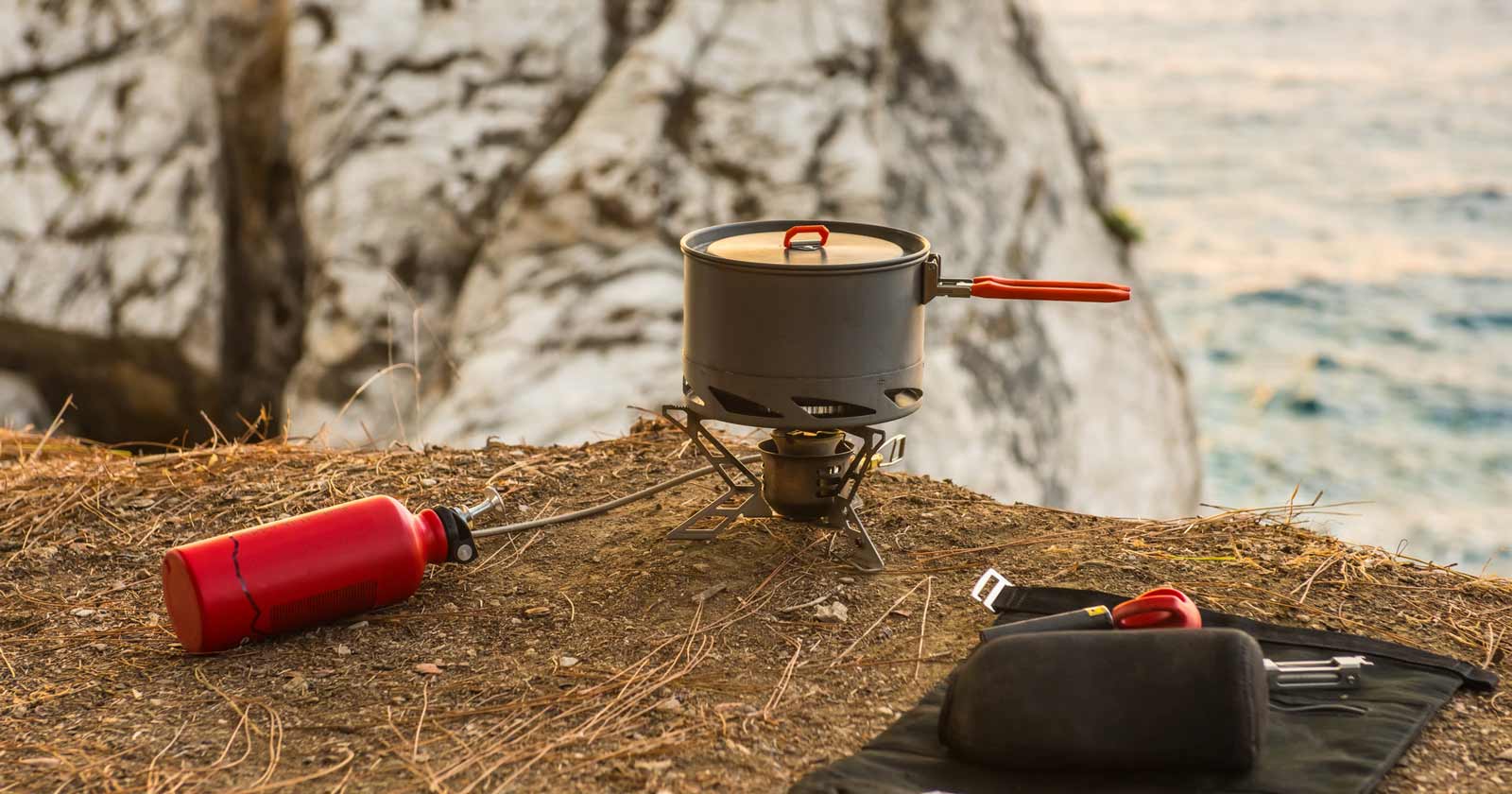
Cooking Equipment:
- Stove: Choose from lightweight backpacking stoves (canister fuel, liquid fuel, or wood-burning) or portable campfires (check regulations).
- Fuel: Match stove type, pack enough for entire trip.
- Cookware: Consider a mess kit with pot, pan, utensils for efficient cooking.
- Lighter and matches: For stove ignition and backup fire-starting.
Check out my guide: How to choose the best hiking stove
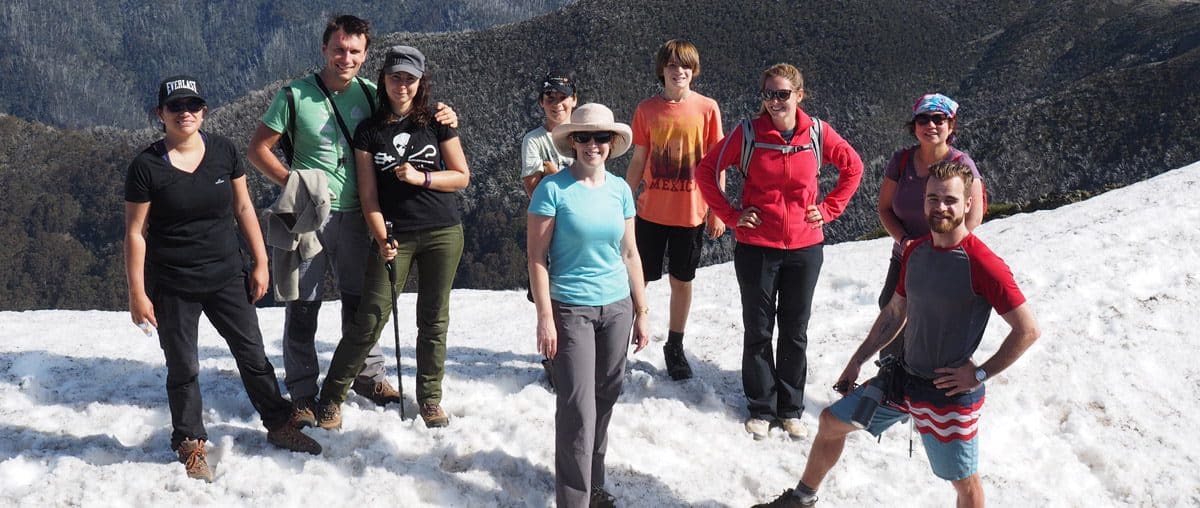
Clothing:
- Base layer: Breathable, moisture-wicking material for next-to-skin comfort. Merino wool or synthetics are common choices.
- Mid-layer: Insulating layer for warmth, fleece or down jacket depending on conditions.
- Outerwear: Waterproof and windproof shell to protect from rain and wind.
- Hiking pants: Quick-drying, comfortable for movement. Convertible pants offer leg length flexibility.
- Rain pants: Lightweight waterproof layer for wet weather protection.
- Hiking boots: Supportive and waterproof for rough terrain. Break them in beforehand!
- Hiking socks: Breathable and moisture-wicking to prevent blisters.
- Warm hat and gloves: Essential for cold nights.
- Sun protection: Hat, sunglasses, and sunscreen for daytime sun exposure.
Check out my guide: Essential hiking gear
Remember to pack essentials like a headlamp, navigation tools, first-aid kit, water purification tablets or filter, hygiene items, and waste disposal bags. Adjust your gear choices based on specific weather conditions, terrain, and personal preferences. Consider packing a multi-tool, repair kit, and emergency shelter for added preparedness.
By carefully selecting and packing your essential equipment, you’ll be well-prepared for a comfortable and enjoyable overnight adventure in the Australian wilderness.
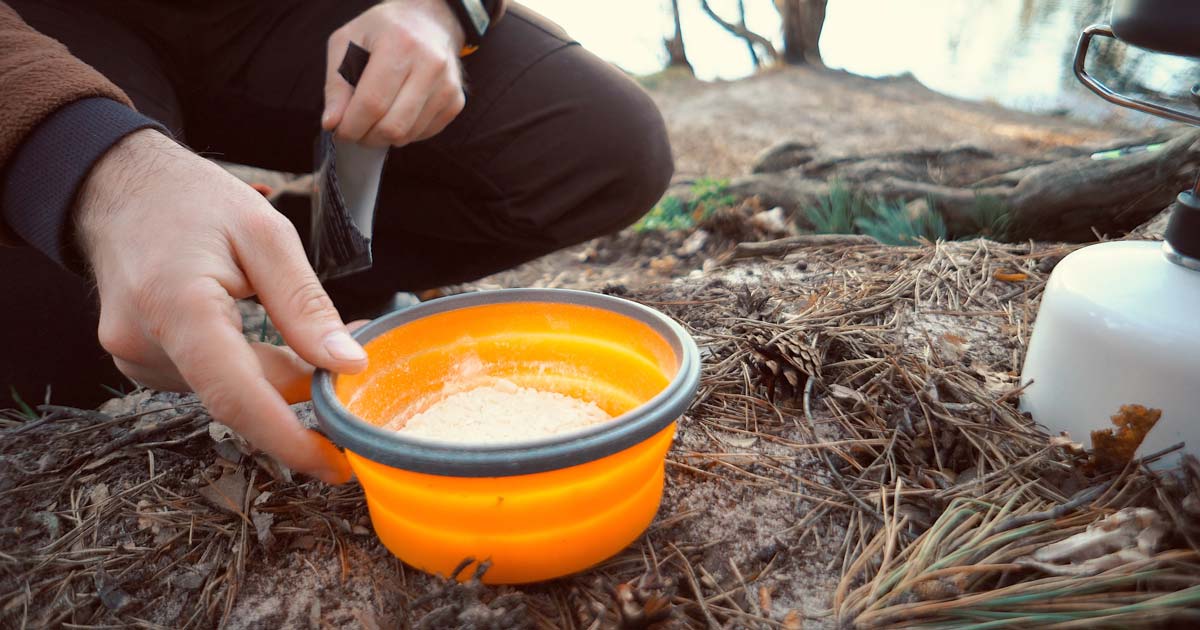
Food for an overnight adventure
- Meal Planning: Ditch processed snacks and prioritise nutritious, high-energy-density meals. Carefully plan portion sizes for your two-day hike, considering weight and perishability when selecting provisions.
- Resupply Strategy: While it is not generally needed for an overnight hike, depending on the length and location of your hike, research potential resupply points or pack enough food for the entire journey. Remember, carrying excess weight can be strenuous, so strike a balance.
Check out my guide: Hiking food tips and ideas
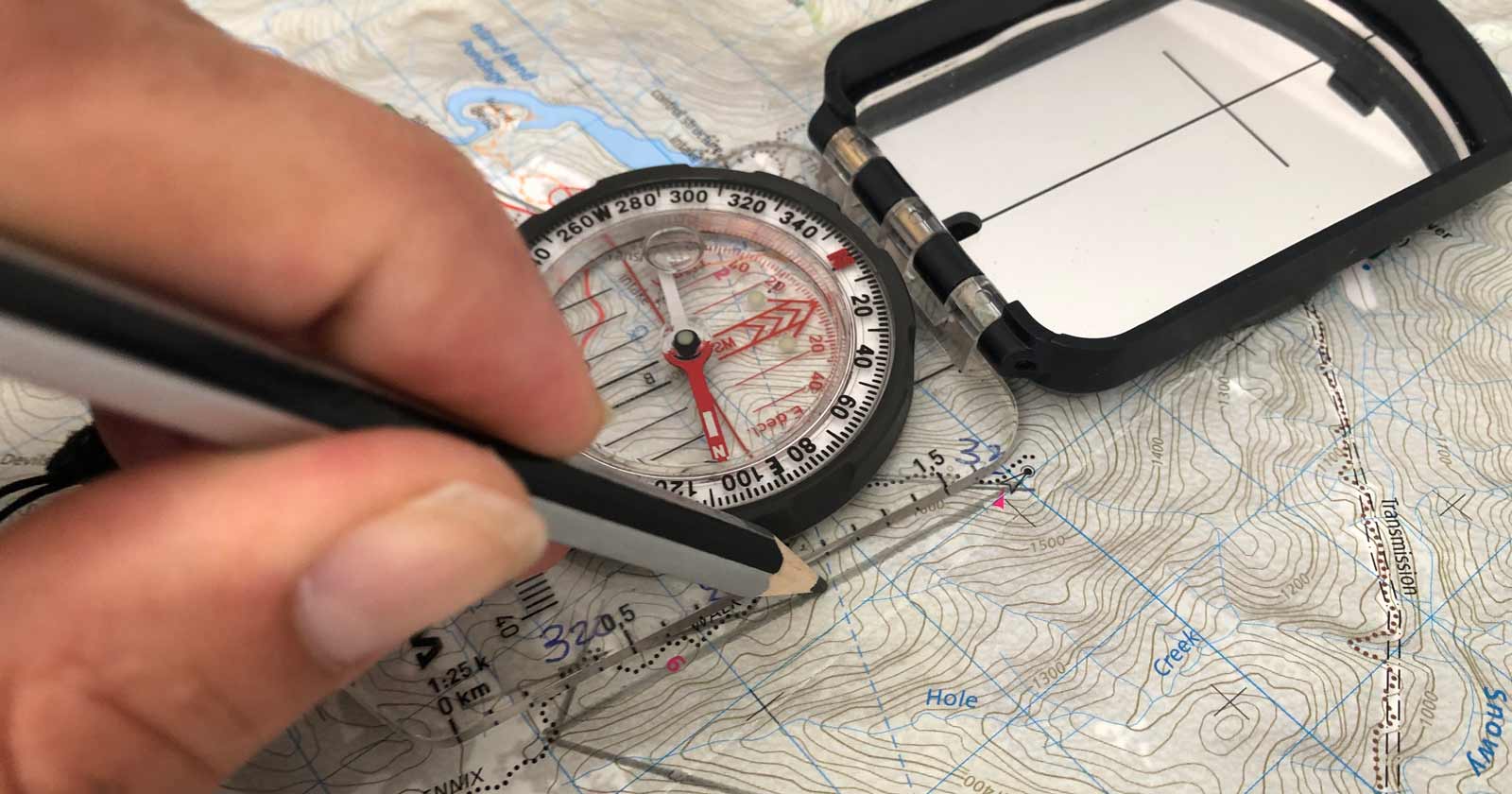
Navigating your journey
- Detailed Route Planning: Overnight hikes demand thorough navigation planning. Utilise detailed maps, compasses, and GPS devices while acknowledging their limitations. Plan for potential route changes due to weather or unforeseen circumstances.
- Night Navigation: A torch and/or headlamp is essential, but consider learning basic night navigation techniques using celestial bodies for an authentic experience.
Check out my guide: Hike navigation tools and techniques
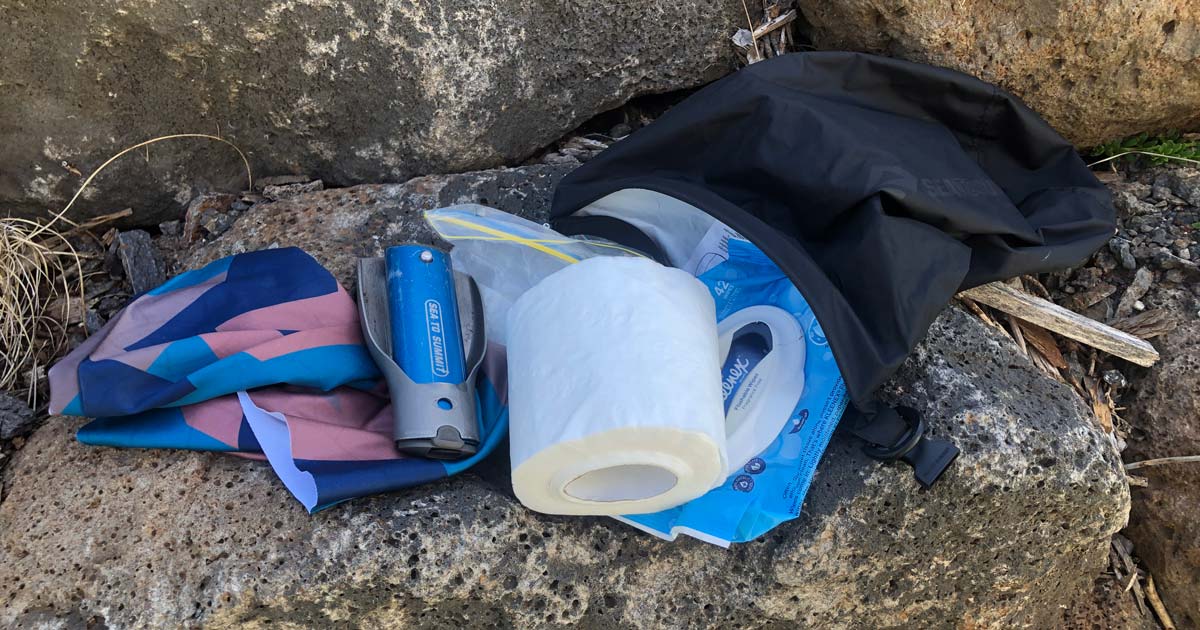
Camping responsibly
- Site Selection: Choose flat, well-drained areas away from water sources and fragile vegetation. Opt for designated campsites whenever possible, and adhere to Leave No Trace principles.
- Fire Safety: Thoroughly understand and comply with local fire restrictions. If campfires are permitted, practice responsible fire building and extinguishing techniques.
- Waste Management: Pack out all your trash, including food scraps and hygiene products. Dispose of waste responsibly in designated bins or carry it out with you.
- Human waste disposal: Plan to pack out all your waste, even human waste. If you are unable to, and toilets not available, practice Leave No Trace principles for human waste.
Check out my guide: Tips for choosing the perfect campsite
Essential Preparedness
- Cold Weather Preparedness: Pack additional layers and gear for colder nights, especially at higher altitudes. Invest in a reliable shelter and understand the signs of hypothermia.
- Hydration Management: Staying hydrated is crucial, especially during extended hikes. Carry sufficient water, purify natural sources if necessary, and plan your water intake based on exertion and weather.
- Wildlife Awareness: Research potential wildlife encounters in your chosen area and learn how to behave responsibly. Carry deterrents such as bear spray if necessary.
- Check Conditions Before You Go: Check weather forecasts and bushfire warnings before you go and be prepared to adjust or cancel your plans.
- Additional Recommendation: If you are new to overnight adventures, consider joining a guided overnight hike for your first experience. This can provide valuable learning opportunities and ensure your safety as you explore the world of 24-hour adventures.
Check out my guide: Conducting a hiking risk assessment
Enhanced preparedness
- Personal Locator Beacons (PLBs): Carrying a PLB can provide additional peace of mind, especially in remote areas. These devices can send distress signals to search and rescue teams in emergencies.
- Reliable Communication: Research mobile phone coverage and consider carrying a satellite communicator for reliable communication in emergencies.
- Let Someone Know Before You Go: Inform a trusted friend or family member about your planned hike. Complete an online trip intentions form and provide as much information as possible.After your hike, make sure you let your contact/s know you have returned so they don’t accidentally raise the alarm.
- Leave A Map: I recommend you prepare a route map that includes details of your group and emergency contacts. In addition to sending this map to your emergency contact, leave a map or a copy of these documents in your vehicle at the trail head so that rescuers know your intended route and will have greater success at locating you if something goes wrong.
- Start your planning: Download my free checklist for essential overnight gear & meal planning! Or, explore my website for in-depth guides, gear reviews, and breathtaking trail recommendations. Let’s unlock the wonders of the Australian wilderness, one adventure at a time.
Remember, meticulous planning is the cornerstone of a safe and rewarding overnight hike. By packing essential equipment, meticulously planning meals and navigation, understanding responsible camping practices, and preparing for potential risks, you’ll be equipped to embrace the wonders of the Australian wilderness under the vast night sky.

